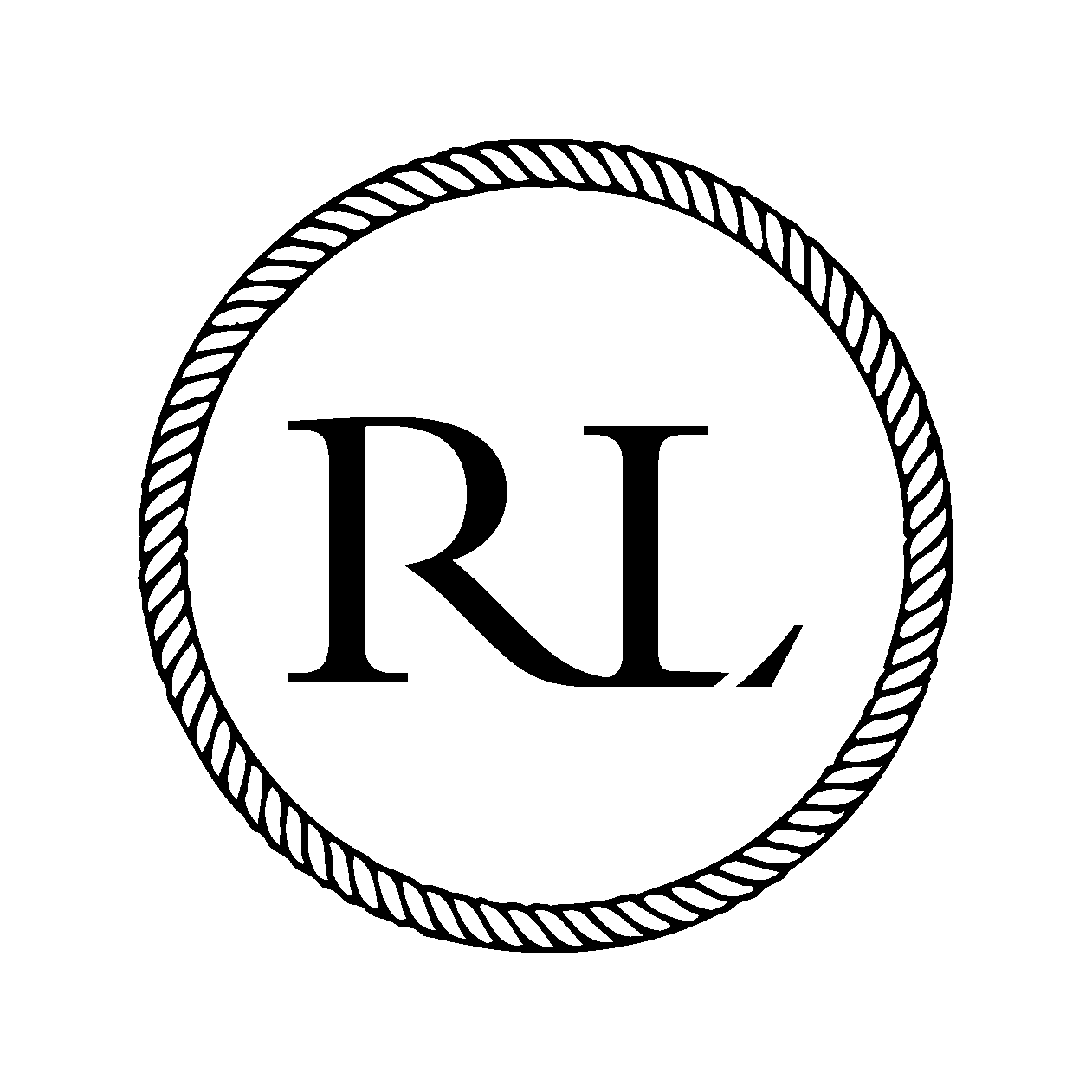How Painful Is Cosmetic Nose Surgery?

Rhinoplasty, often known as cosmetic nose surgery, is a form of cosmetic surgery used to improve the nose’s look and functionality. Prospective patients frequently worry about the pain of rhinoplasty. This blog examines the pain side of rhinoplasty, including everything from the procedure to discomfort afterward and pain control techniques.
Does Rhinoplasty Surgery Hurt?
Each person experiences pain differently after a rhinoplasty. Even though the actual treatment is done under anesthetic to reduce pain, it’s normal to have some pain and discomfort while recovering.
Understanding the Rhinoplasty Procedure
There are two primary methods for performing rhinoplasty: open and closed rhinoplasty. During open rhinoplasty, an external incision is made across the columella, the tissue strip that divides the nostrils, to improve sight and access to the nasal tissues. On the other hand, a closed rhinoplasty leaves no outward scars but provides limited visibility due to incisions made inside the nostrils.
Open vs Closed Rhinoplasty
The surgeon’s preference and the procedure’s intricacy will determine whether to perform an open or closed rhinoplasty. Due to the exterior incision, open rhinoplasty may cause slightly more difficulty at first; closed rhinoplasty may cause less discomfort at first but may cause more internal swelling.
The Role of Anesthesia During Surgery
Anesthesia is used during rhinoplasty to ensure you are comfortable and pain-free. Depending on the surgeon’s suggestion and the intricacy of the procedure, either general anesthesia or local anesthetic, along with sedation, are frequently employed.
Post-Operative Discomfort
Patients may feel a variety of discomforts following rhinoplasty, but these usually go away as the wound heals.
How Painful Is Rhinoplasty Transformation?
After a rhinoplasty, the following discomforts may occur right away:
- Initial Swelling and Tightness: Tightness and swelling around the nose and face are typical and can cause discomfort.
- Mild Bruising: Bruising near the nose or eyes is possible but usually disappears in the first week.
- Facial Congestion: Swelling and, if applied, nasal packing can cause a sense of fullness or congestion in the face.
- Stuffy or Congested Nose: Nasal congestion following rhinoplasty is common because swelling within the nose can momentarily block airflow.
- Mild Breathing Discomfort: Swelling and congestion may make it difficult at first to breathe through the nose.
Managing Post-Operative Pain
Good pain management techniques can significantly reduce suffering while the patient is recovering.
- Pain Medication
Your surgeon may recommend painkillers to treat post-operative pain. You must adhere to the recommended dosage and directions to ensure safe and effective pain relief.
- Ice Packs
Cool packs can soothe and lessen swelling around the eyes and nose. To prevent skin injury, apply ice packs sporadically for brief periods.
- Head Elevation
Maintaining an elevated head position, particularly during relaxation or sleep, reduces edema and facilitates improved fluid removal from the nose and face.
- Rest and Recovery
Making time for relaxation and recovery is essential to the healing process. Avoid physically demanding tasks and adhere to your surgeon’s post-operative instructions.
Elevate Your Profile With Rhinoplasty LDN
At Rhinoplasty LDN, we specialize in individualized rhinoplasty operations meant to improve the harmony of your face and delicately address cosmetic concerns. During every phase of your rhinoplasty procedure, our top priorities are the comfort and safety of our board-certified surgeons.
Selecting rhinoplasty is a personal choice that can result in life-changing outcomes and enhanced confidence. Comprehending the possible discomforts linked to rhinoplasty and equipping yourself with efficient pain management techniques will facilitate a more seamless recuperation and superior result.
If you’re thinking about having rhinoplasty to enhance the appearance or functionality of your nose, make an appointment for a consultation with Rhinoplasty LDN right now to learn about the Rhinoplasty cost. Allow us to expertly and carefully walk you through the procedure and help you get the nose you’ve always wanted.
Frequently Asked Questions
Following rhinoplasty, the most prevalent type of discomfort is dull aching or pressure around the nose and face. Swelling, internal healing, and the readjustment of nasal tissues are frequently the causes of this discomfort.
